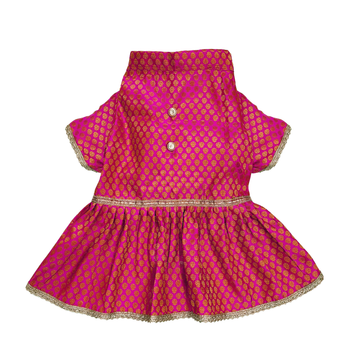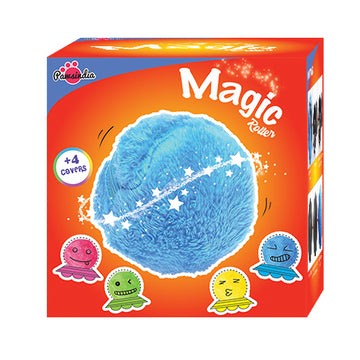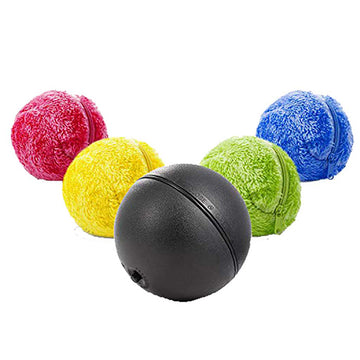Great Dane

Great Dane
| BreedHighlighs: |
|
The Great Dane bears the hallmark of royal lineage. The attributes of majesty, robustness and sophistication are supplemented by a body with a formidable build and smooth muscles. It is one of the giant working breeds, but its overall figure is so compact that it never seems to be awkward and unorganized. The dog’s all-rounded body structure helps it cover a lot of ground while pushing forward, and also fuels its energy and momentum for hunting. |
| Weight: |
|
Male: 54 kg Female: 45 kg |
| Height: |
|
Male: 76 cm Female: 71 cm |
| Life Expectancy: |
| 8 yr |
| Litter Size: |
| 10-14 |
| Breed Appearance: |
|
The Great Dane is a real powerhouse and huge in size. Although it is generally square in body, females may be slightly longer and their head is rectangular in shape. The muzzle is deep, with a pronounced stop. The nose is black or blue in case of blue Danes, whereas in the case of harlequins, it bears a black spotted colour. The dark, deep-set eyes are medium in size. The medium-sized ears are set high and either cropped or left natural. If left in their natural state, they are folded forward, hanging close to the cheek. |
| History: |
|
References of colossally sized boarhounds bearing resemblance to the Great Dane feature in ancient Greece in frescoes from Tiryns dating back to 14th–13th century BC. Ancient Greek history belonging to the time period between the succeeding centuries and the advent of the Hellenistic era records a great deal about these boarhounds. The Molossian hound, Suliot dog and specific imports from Greece were utilized in the 18th century to enhance the stature of the boarhounds in Austria and Germany and the wolfhounds in Ireland. |
| Originally: |
|
The Great Dane is an age-old breed, known as the "Apollo of all dogs." The Greek currency used in 36 B.C. features dogs resembling the Great Dane. Paintings of the breed are engraved on Egyptian monuments dating to approximately 3000 B.C. The earliest writings concerning the breed could be found in ancient Chinese literary sources (about 1121 B.C.). |
| Currently Used As: |
|
Hunting dogs, Guard dogs |
| Training: |
| Training a great dane is a mountain to climb because of its mercurial and volatile nature |
| Health&Care: |
| Generally healthy. |
| Living Condition: |
|
This breed is susceptible to hip dysplasia, bloat, heart diseases, tail injuries, mast cell tumors. Jogging is not recommended until the dog attains the age of at least one year, however, walking is a must. This breed’s longevity is short-lived. |
| Excersie: |
|
The Great Dane needs loads of exercise. It needs to be taken on a daily long walk. |
| Grooming: |
|
The smooth, shorthaired coat is easy to groom. Comb and brush with a firm bristle brush and dry shampoo when necessary. As bathing this gigantic dog is a major and cumbersome chore. Thus, daily grooming has to be emphasized upon to save on both effort and time. The nails must be kept trimmed. This breed is an average shedder. |
| Pros: |
|
They are ideal for gymnastics. The legs are tailor-made for snuggling up with puppies. The longer the legs, the bigger the stretch. High legs means high jumps. |
| Cons: |
|
Great Danes will NEVER fit through the doggie door. Sometimes they can get tangled up… in everything. The legs don’t quite accommodate the couch when napping. |












